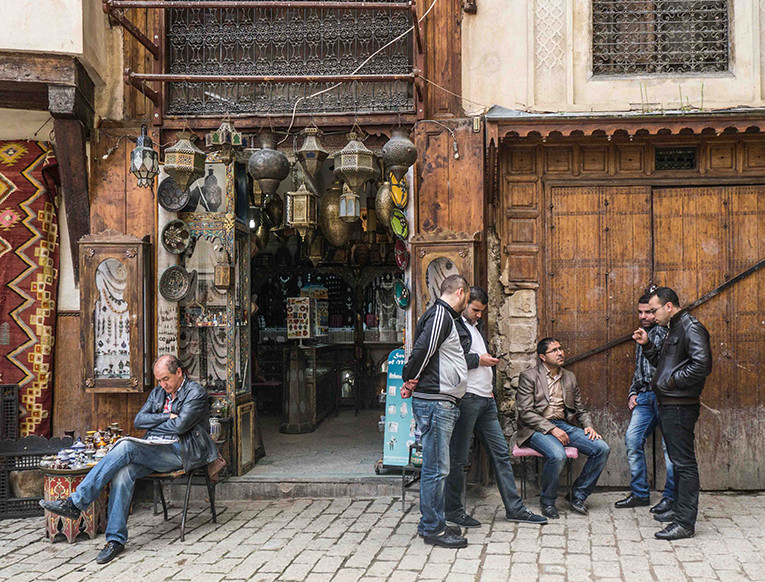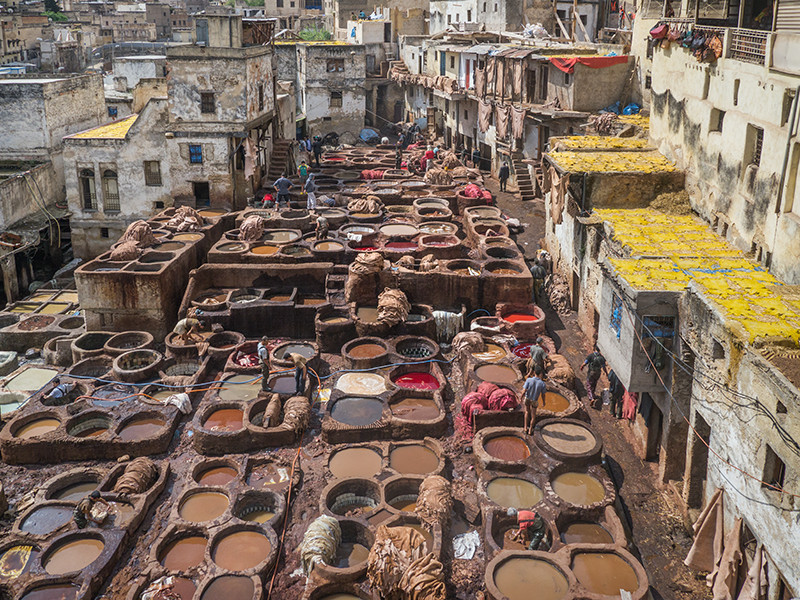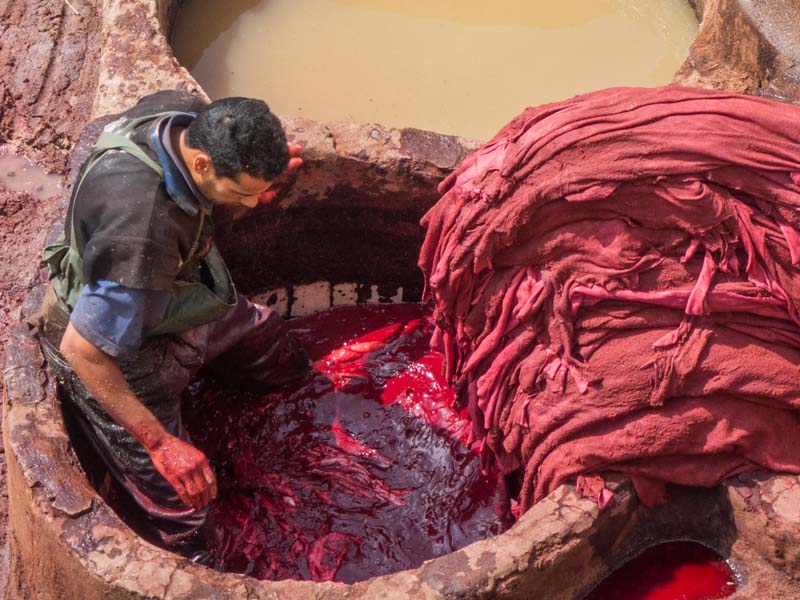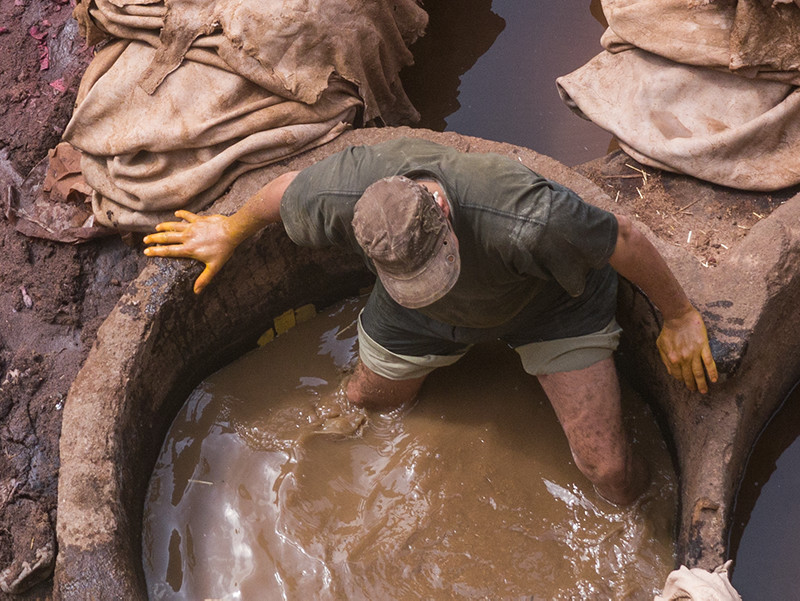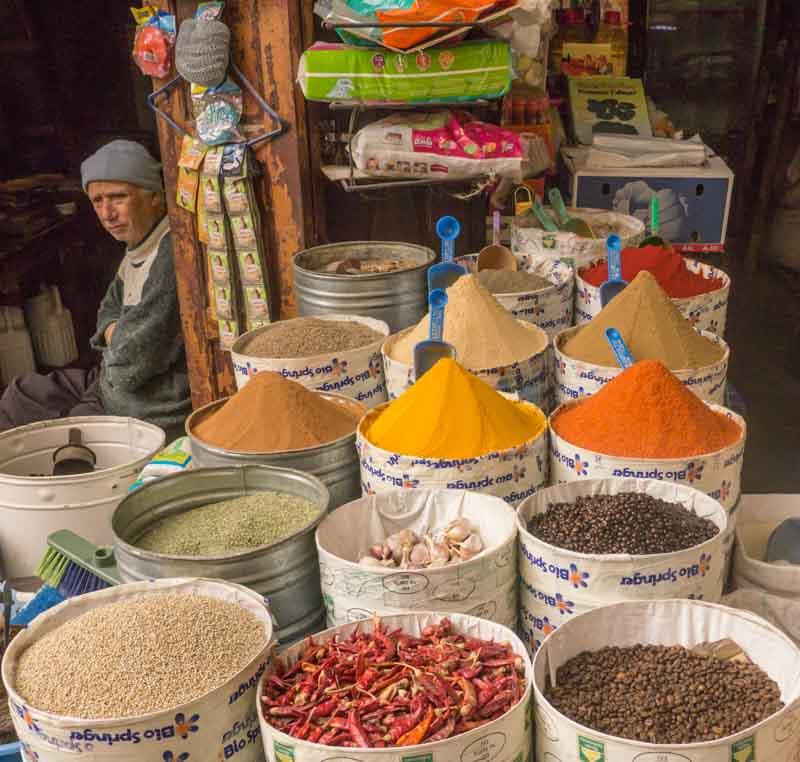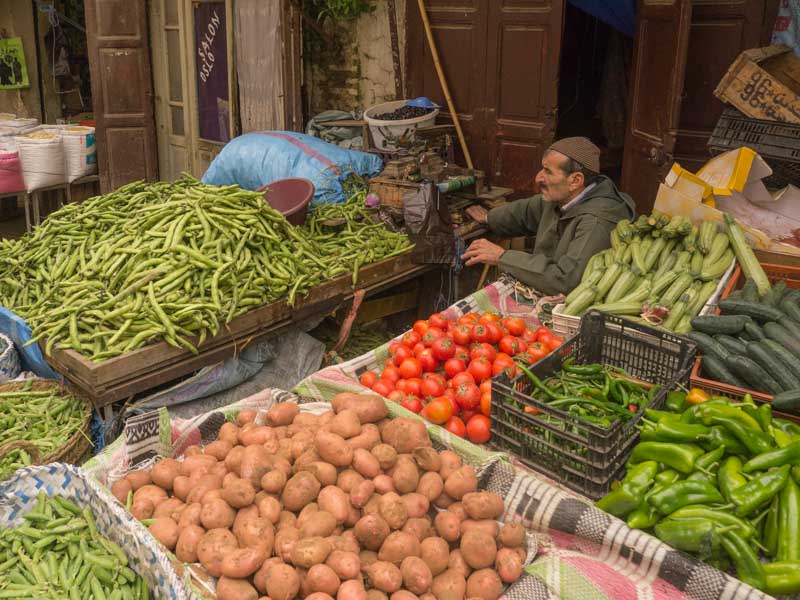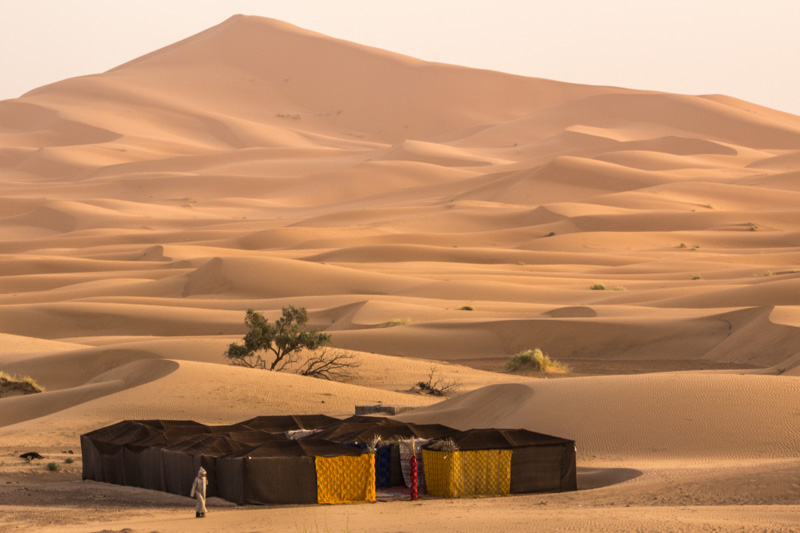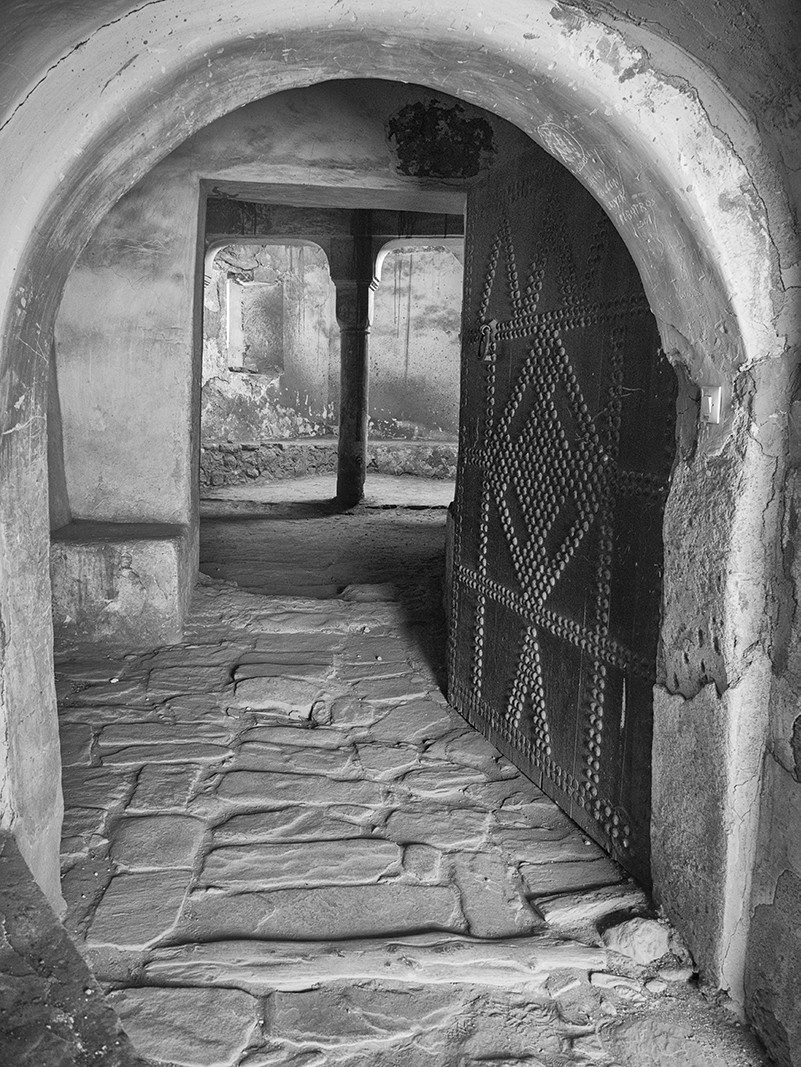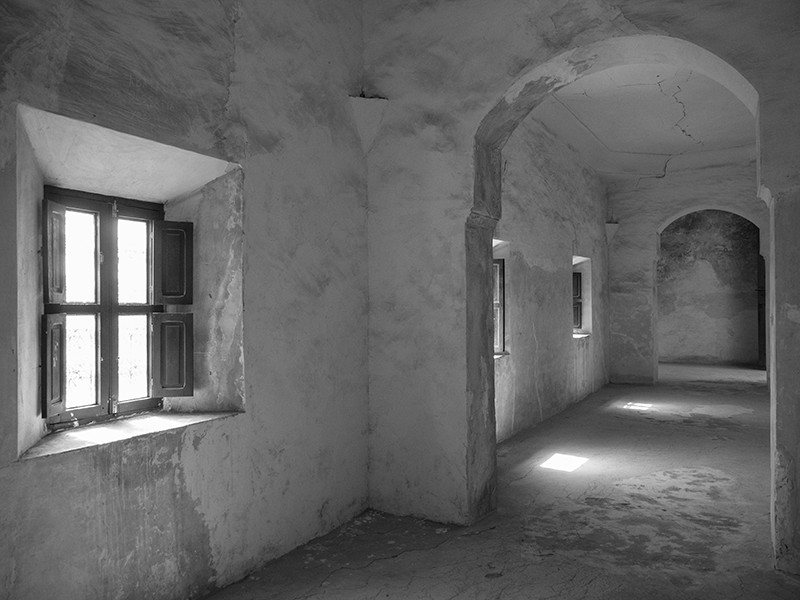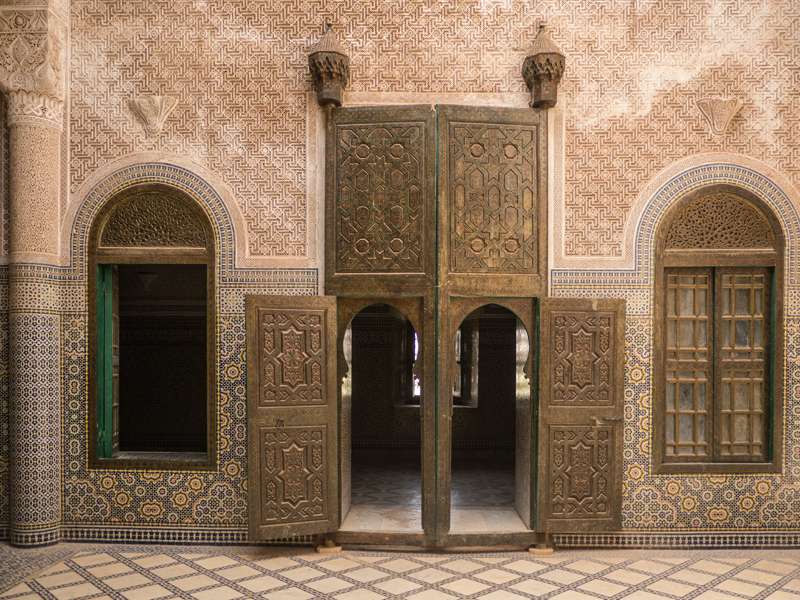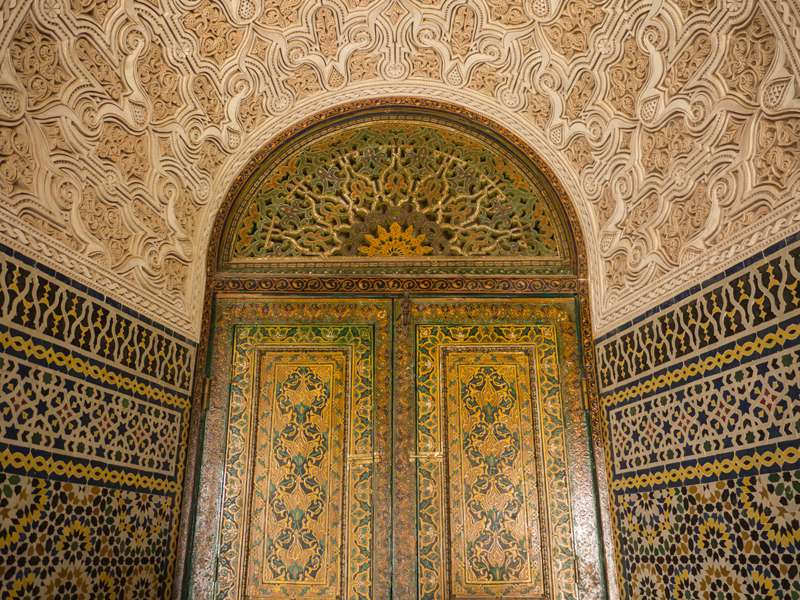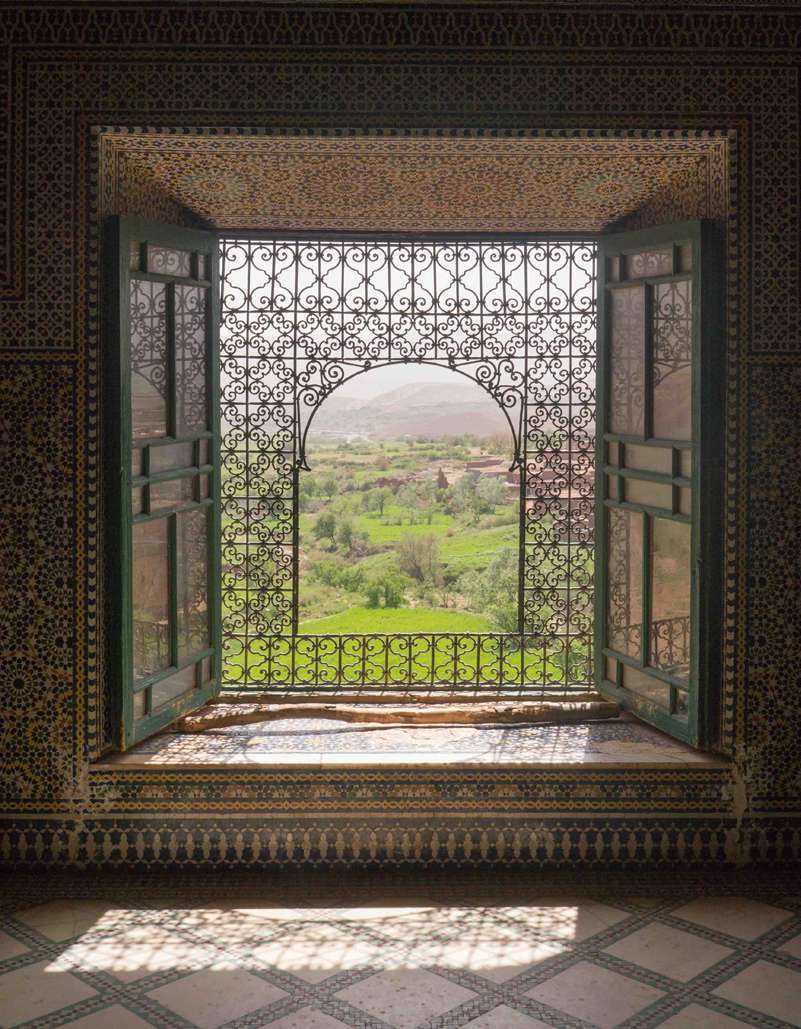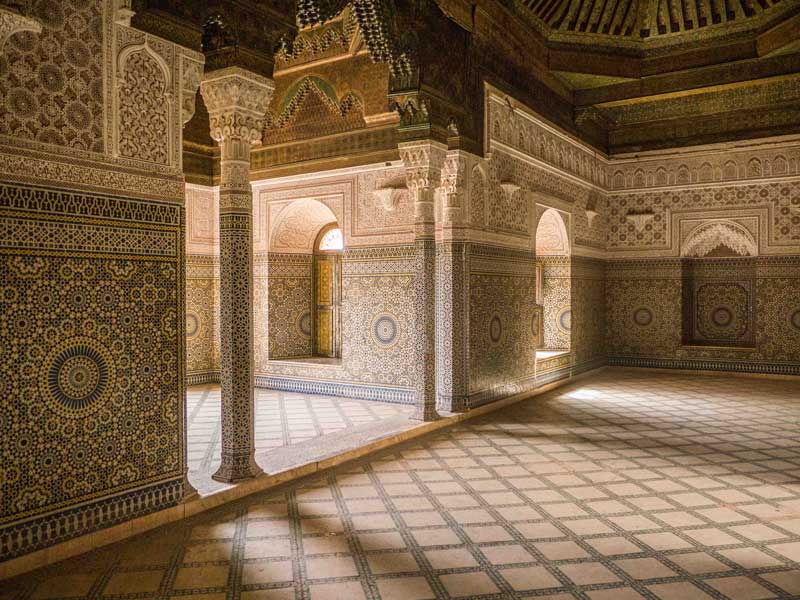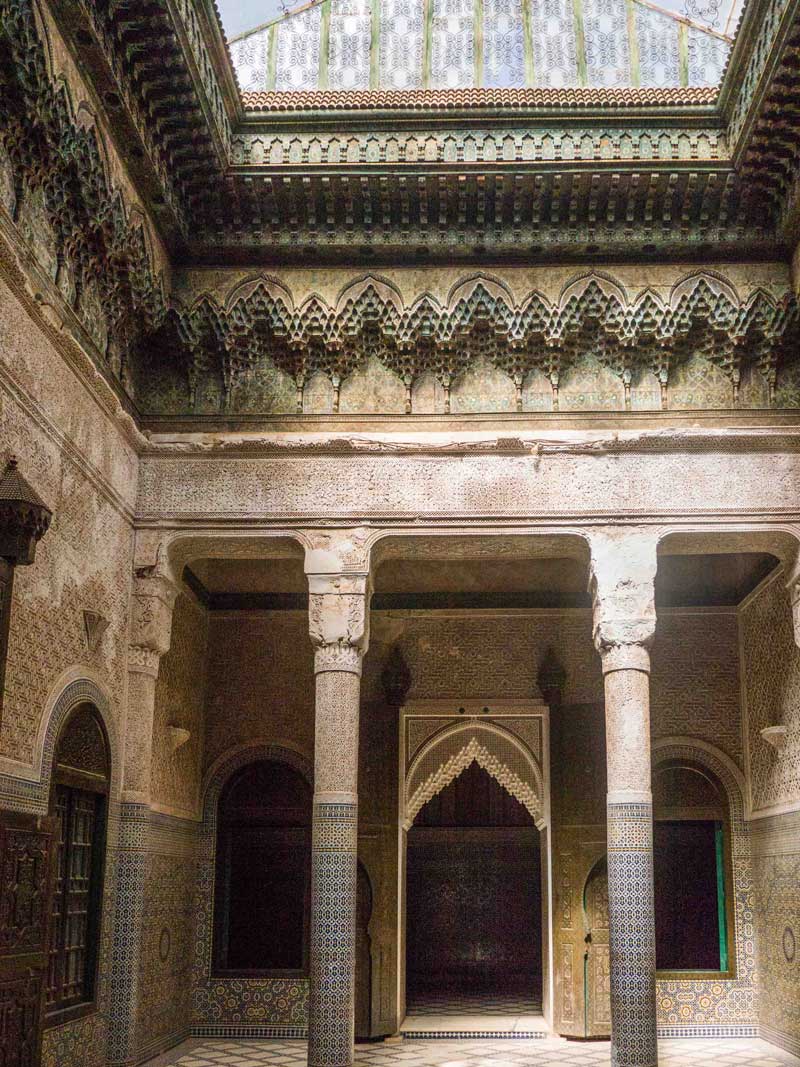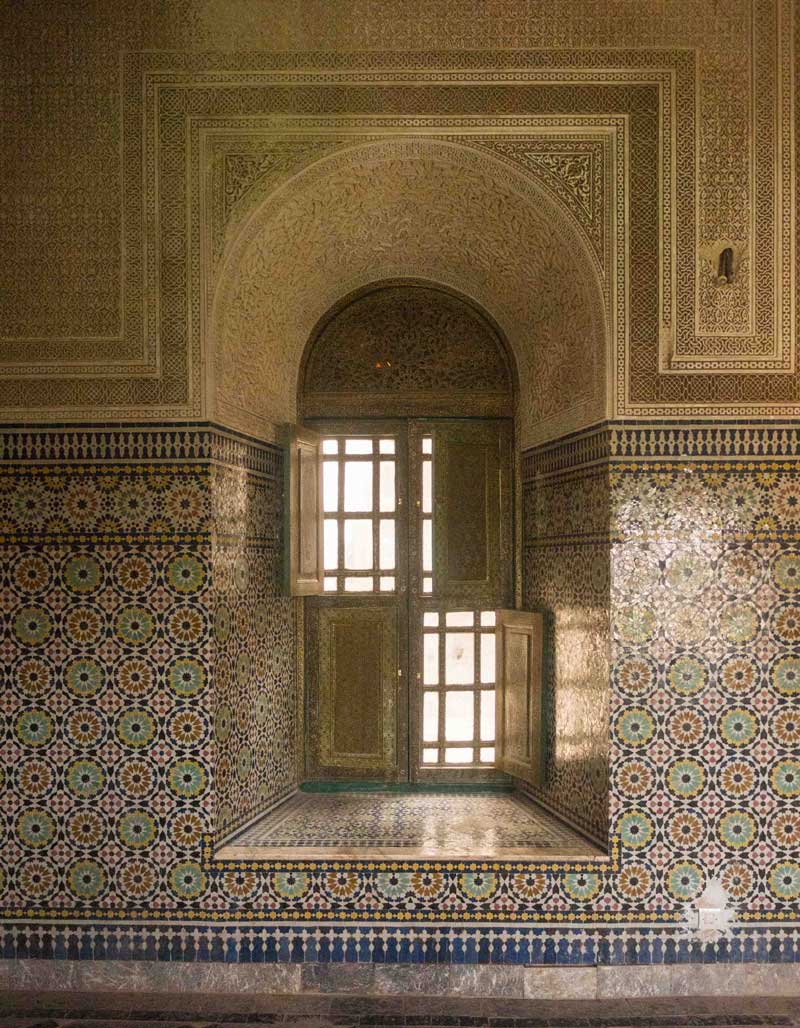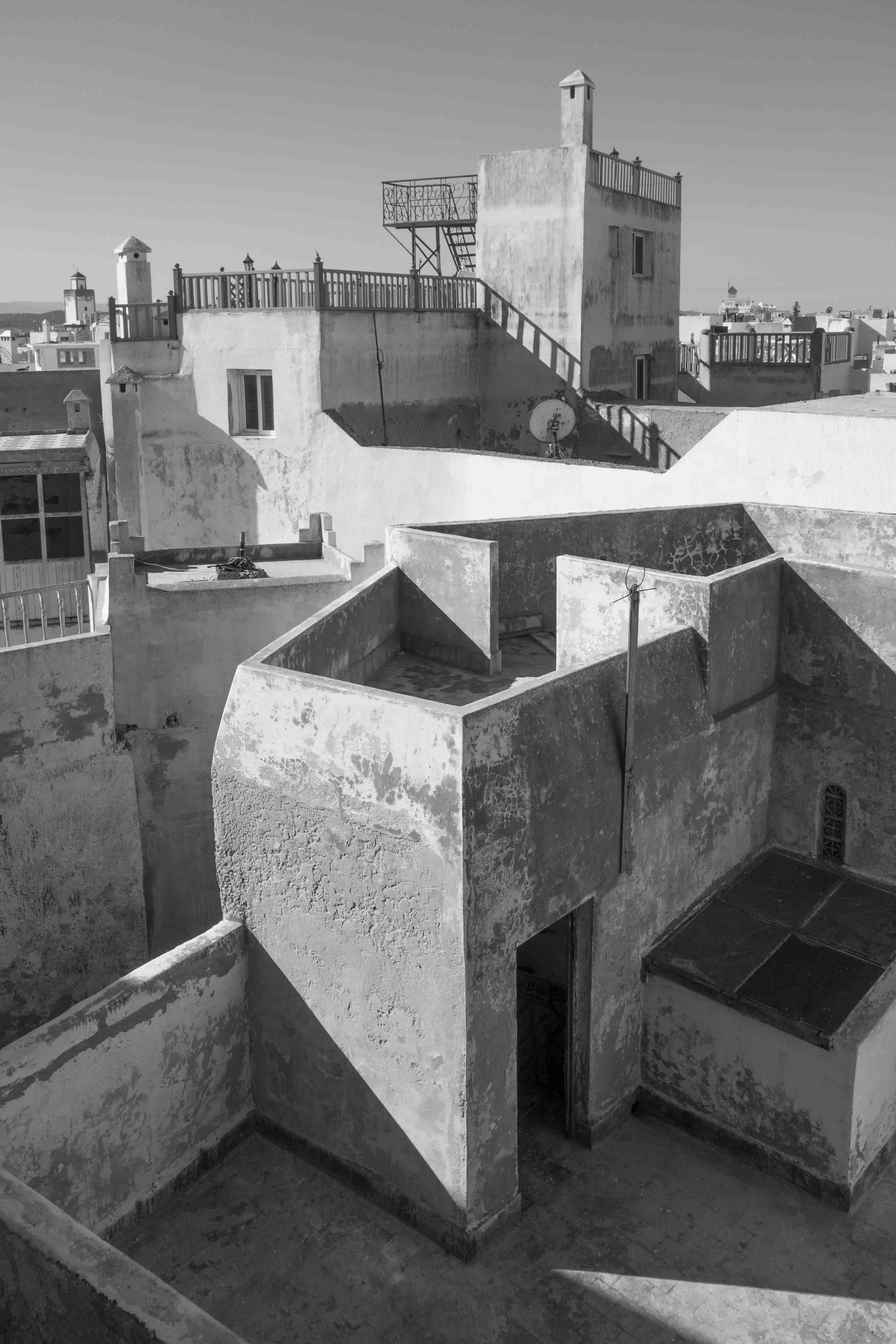In 1973 I visited Iceland, driving around in a VW bug and camping. Back then I found that the roads were not paved after leaving the Reykjavik area, and driving on gravel roads slowed me down and prevented me from reaching some of the farther destinations I had hoped to see. However, I did see some of the south coast, where I came across this picturesque fishing village and made some photographs, including the one above.
I recently traveled to Iceland again, but before I left home I decided to try to find out about the village I had visited 46 years earlier. I did not remember its name or its location, but I had a sense that it was not too far along the south coast. Using the internet I discovered that even today there are very few villages along that stretch of the south coast where I had traveled earlier. The village of Eyrarbakki is on a road that seemed like one I would have taken on my first trip, so I searched some images and found a recent picture taken near the same location as my older photograph, confirming my hunch.
I visited Eyrarbakki twice on this recent trip and was able to photograph the same scene at approximately the same location as my earlier photo—see below. The fishing boat is long gone; utility wires have been buried underground, and the streets are now paved. Although fishing is no longer an important part of the community, Eyrarbakki has retained much of its charm, and it is a popular destination for Icelanders and tourists alike.


